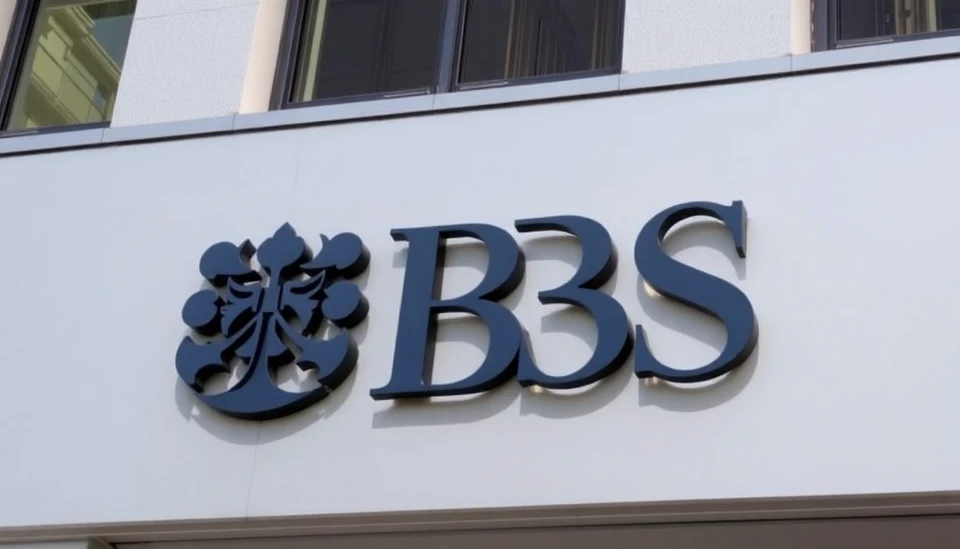
In a landscape marred by increasing economic uncertainty, the private credit sector is bracing itself for what could become a crucial period of rescue financing. As central banks grapple with rising inflation rates, financial institutions are beginning to show signs of strain, prompting a reevaluation of investment strategies and risk assessments within the private credit realm.
Analysts reveal that the current environment may lead to significant opportunities for private credit firms to step in and provide financial assistance to struggling businesses. As traditional lending sources tighten their belts in response to heightened economic challenges, the role of private credit as a potential lifeline is becoming more pronounced.
Recent reports indicate that distressed borrowers—ranging from mid-sized corporations to startups—are increasingly seeking alternatives to conventional bank loans. With stricter lending standards and ballooning interest rates, many companies are turning to private credit providers for more flexible and tailored financing solutions.
Despite the potential for lucrative deals, industry experts caution that these rising levels of corporate stress come with inherent risks. The combination of high inflation, supply chain disruptions, and fluctuating consumer demand is forcing many entities into precarious financial situations. Private credit firms must therefore tread carefully, balancing the allure of high returns against the backdrop of increasing loan defaults.
Data from recent market analyses highlights a significant uptick in distressed debt transactions within the private credit space. These trends signal an evolving landscape where firms must not only be adept at identifying promising investment opportunities but also at conducting thorough due diligence to mitigate potential losses. The acquisition of distressed assets could yield substantial profits; however, investors must remain acutely aware of the economic indicators steering the market.
The appetite for rescue financing is also mirrored by changes in investor sentiment. Capital flows into private credit funds have remained robust, as many institutional investors seek diversification away from public equity markets—especially in light of ongoing market volatility. This influx of capital, while beneficial, raises further questions about the long-term sustainability of such high levels of investment in riskier assets as the broader economy continues to confront headwinds.
As we look ahead, private credit firms may find themselves acting as crucial intermediaries in a shifting financial landscape, tasked with the dual responsibilities of fostering growth in distressed sectors while navigating their own risk thresholds. It remains to be seen how effectively these firms can capitalize on emerging opportunities without compromising their operational integrity or overextending their financial reach during these tumultuous times.
In summary, the private credit industry stands at a crossroads. While signals of stress may herald a wave of distress financing and new investment opportunities, they also remind stakeholders of the prevailing economic challenges. The ability of these firms to adapt, pivot, and harness their unique value proposition will be critical as they navigate this intricate and rapidly evolving market.
#PrivateCredit #RescueFinancing #EconomicUncertainty #DistressedDebt #InvestmentOpportunities #MarketVolatility #CorporateStress #FinancialMarkets
Author: Victoria Adams




